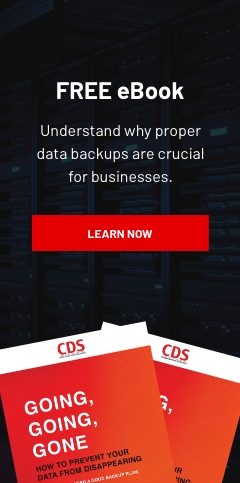Caller ID technology allows users to see the caller’s phone number (and sometimes the name) before they pick up. The technology is employed in smartphones, Voice over Internet Protocol (VoIP) lines, and landline phones with alphanumeric displays.
Caller ID makes it easy for people to screen phone calls and answer only the important ones. However, the technology can be exploited for personal gain through caller ID spoofing.
What is caller ID spoofing, and how does it work?
Caller ID spoofing happens when a caller deliberately alters the information transmitted by the caller’s device to the recipient’s caller ID display to hide the caller’s real identity. Cybercriminals usually use a VoIP service as it allows the caller's preferred name or number to be displayed on the recipient’s caller ID display.
While there are some legitimate uses of spoofing, cybercriminals can use it to impersonate another entity to trick people into handing over money or personal information. For instance, the fraudsters can claim to be from the IRS and tell the other line that they need to send some financial information or pay overdue taxes. They can also pretend to be technical support representatives of reputable companies like Microsoft or Google and claim that a virus has been detected in a user’s computer.
Caller ID spoofing doesn’t just affect those on the other end of the line. Because scammers can disguise their phone numbers using any number or name, the entities that are spoofed may be blamed for the former's illicit activities.
To illustrate, a business may use caller ID spoofing to make illegal telemarketing calls under a competitor’s phone number. For the latter, this could result in reputational damage if people believe that they are the ones making unsolicited calls.
While there are some legitimate uses of spoofing, cybercriminals can use it to impersonate another entity to trick people into handing over money or personal information.
What is currently being done to combat caller ID spoofing?
The Federal Communications Commission requires telco providers to implement the Secure Telephone Identity Revisited and Signature-based Handling of Asserted Information Using toKENs (STIR/SHAKEN) framework. This is a set of technical standards and protocols that enable the authentication of caller ID information for calls carried over Internet Protocol networks.
Under the STIR/SHAKEN framework, calls moving through interconnected phone networks would have their caller ID signed as legitimate by originating carriers and verified by other carriers before reaching consumers. This allows the call recipient’s carrier to confirm that the number or identity is the same as the one displayed on the caller ID.
To guarantee the security of the general public and private organizations, the implementation of the STIR/SHAKEN framework is mandatory for all VoIP providers.
How can consumers protect themselves from caller ID spoofing?
Consumers should always stay vigilant against potential caller ID spoofing. Here are some best practices that they can follow:
- Be suspicious of calls that address people with generic salutations such as “Dear customer” instead of by name.
- Do not answer any questions, especially those answerable by “Yes” or “No.”
- If the caller asks to press a button to stop receiving calls, hang up instead.
- If the call is from an unrecognized number, do not pick up. Return the call if it was from a legitimate person or company. Otherwise, block the number.
- Use the spam phone call filter on mobile devices. Here’s how to enable it on iPhone and Android devices.
- Read the privacy policy on every service to ensure that they will not share or sell contact information.
- Report unwanted calls to the Federal Trade Commission.
Your business must always be protected from caller ID spoofing and other cyberattacks. Complete Document Solutions’ Cybersecurity solutions don’t just offer malware protection, but it also features powerful mobile security that protects mobile devices on your network. To learn more about essential cybersecurity solutions for your business, download our FREE eBook today.
Don't have an IT roadmap?



Leave a comment!